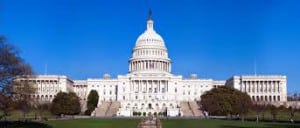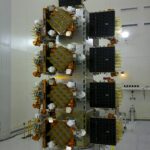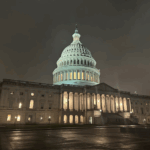
The House Appropriations Committee this morning will mark up a homeland security spending bill that recommends the Transportation Security Administration (TSA) establish a second testbed related to drone security. Late last year, TSA said it was working with Miami International Airport to set up a counter-unmanned aircraft system (C-UAS) testbed to begin evaluating technologies for detecting, tracking and identifying small drones operating near airports (Defense Daily, Dec. 4, 2019). At that time, TSA officials said they hoped to have the…

 By
By 











